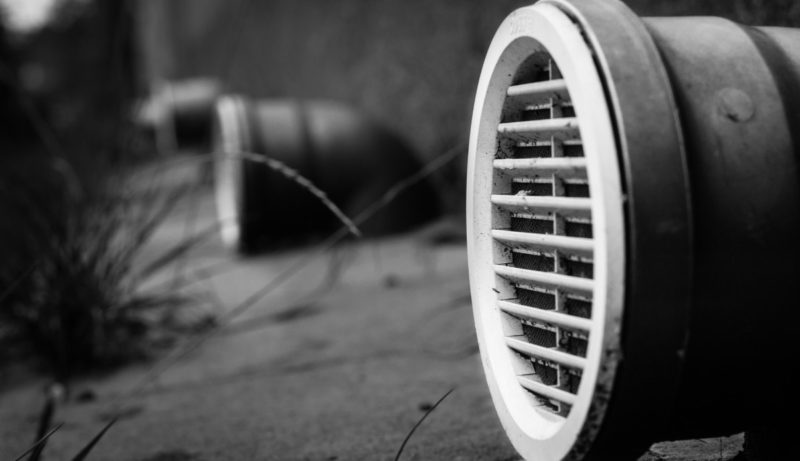Do you know how to set heater thermostat? Well, if not yet, then you come to the right place because we’re here to help you out. When you’re at a house in the winter, set the thermostat to 68°F. You can reduce your heating expense by 5-15 percent by dropping the thermostats 10-15 degrees for 8 hours.
Heaters need a lot of electricity, which is costly. As a result, keeping your heater running might be one of your most expensive costs throughout the winter.
It does not have to be this way, though. You might just save dollars on your heating expenses by adjusting the thermostat in a way that preserves interior comfort. Here are a few helpful hints for setting your thermostat appropriately this winter to save money on energy expenditures. This is just an overview, so you better read further!
Ways To Set The Heater Thermostat
The perfect thermostat adjustment can save you a lot of money on your energy bill this winter. Even if you have to argue with your family over what temperature to set, everyone in your household must agree. Following are amazing ways how to set heater thermostat.
#1. Set a comfortable temperature for everyone
Because everyone’s comfort level differs, you’ll have to select a thermostat setting for your family in the winter. So, how to set the heater thermostat? You must consider varying house temperatures during the day as you discuss different temps with your family. Living areas must be 70 ° F, whereas bedrooms must be 68 ° F. While you sleep, your body temperature changes, and maintaining your house temperature down at nighttime will help you sleep better.
Whenever your family is away from home for longer than 2 hours, you may also lower your thermostat levels. You can decrease your HVAC heating expenditure by 20% or over every month by setting the thermostat to 68 degrees at night and while no one is home.
#2. Set downstairs thermostat higher than upstairs
Using this simple technique might save you several dollars throughout the winter. Heat rises more towards the ceiling in multi-story buildings; thus, upstairs apartments are hotter than downstairs rooms. When hot air with a reduced density rises over cold air with a greater density, it’s also a natural phenomenon. This implies that your house will be in a continual state of temperature cycling. However, there is a technique to deal with this.
If your heater has two thermostats, you can use one for the downstairs zone and one for the upstairs zone; make the upstairs zone two degrees colder than the downstairs zone. Set the temperature on the thermostat in the basement to your preferred level. Your HVAC system’s heat will be focused mostly toward the downstairs bedrooms in this manner. Your upper quarters will be heated as the heat rises. The cooler air will drop to the lowest levels, where it’ll be picked up, heated, and pumped back into your home by your HVAC system. As a result, you receive more consistent heating while using less energy. It may be helpful to read about how thermostats work.
#3. Turn down the thermostat at night
Reduce your home’s temperature by around 3 degrees before retiring for the night. Why? Don’t you think you’ll be shivering the rest of the night? Not, especially if an additional blanket is used. When adequately protected, the human body adjusts astonishingly well to napping in cooler temperatures, and you probably wouldn’t even notice the cold while sleeping. Your energy expenses, however, will be significantly reduced. Lowering the temperature by 3 degrees for only 7-8 hrs you’re sleeping can result in monthly savings of much more than $100.
Are you concerned that you will freeze on a very chilly night? Don’t worry; because you aren’t shutting off the heater, it will automatically switch on and maintain a comfortable temperature of the room while you sleep. The only change is that it won’t need to do that as frequently and for as prolonged.
#4. Stop the thermostat, turn on the fans
In summer seasons, the ceiling fans in your room allow you to increase the thermostat level, making you cooler and saving electricity money. Do you have any idea that they should also do it in the cold season? On the exterior of the engine block of all the ceiling fans is a tiny switch that enables the motor to rotate in the other way when switched. There’s a “winter mode” option, which is meant to drive air from the lower half of your room up to the ceiling, ensuring consistent air circulation and preventing heat traps from accumulating near your roof.
Consequently, you may achieve more pleasant, consistent air temperatures while using less energy. As a result, you may decrease your thermostat and still be comfortable in your house. You don’t even have to bother over a sharp breeze causing your home to seem cold because the wind isn’t blowing straight down on you.
It’s A Wrap!
We hope that after reading this article, you all will come to know how to set heater thermostat. Above, we have discussed a few tips that help you adjust the temperature of your heater thermostat; to save more money. Thank you, friends, for being with us at the end!
You may want to read related articles; know how to turn on water heater and how to turn off water heater.

